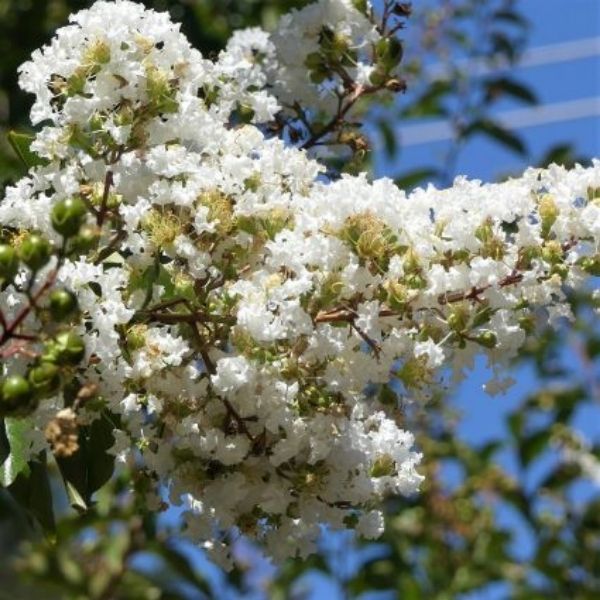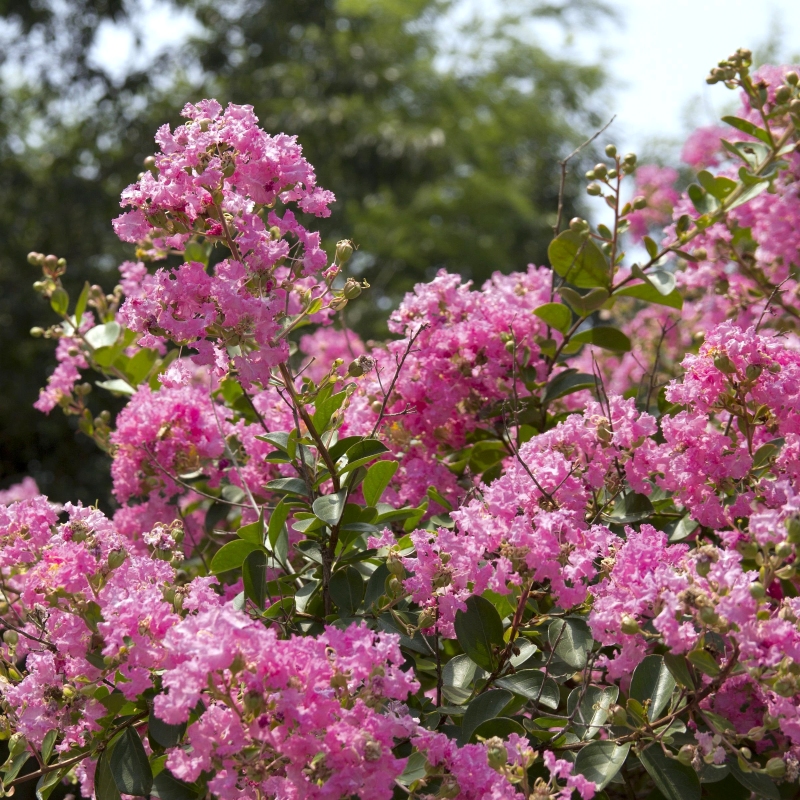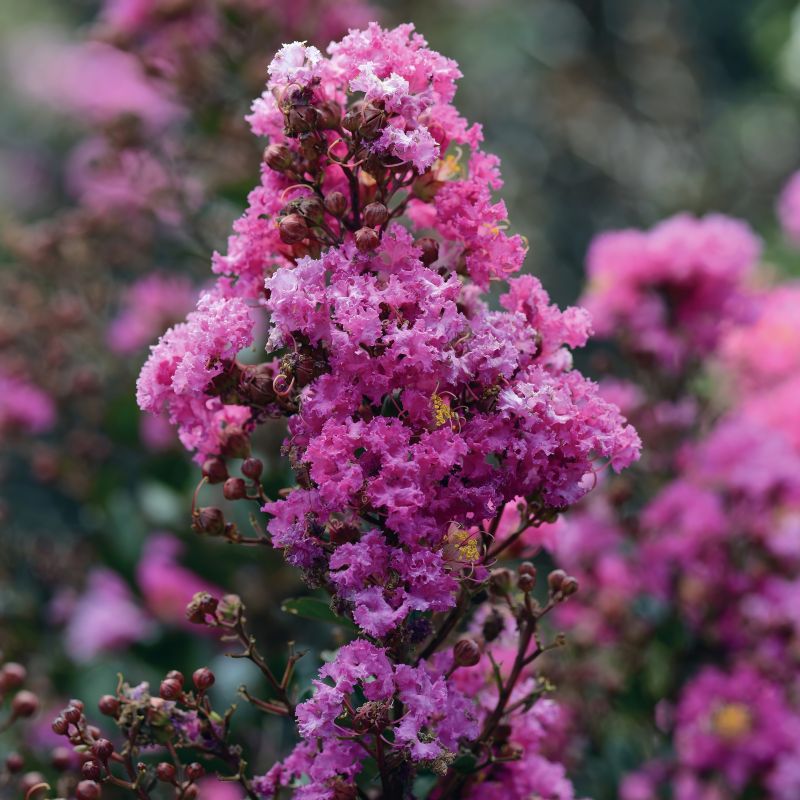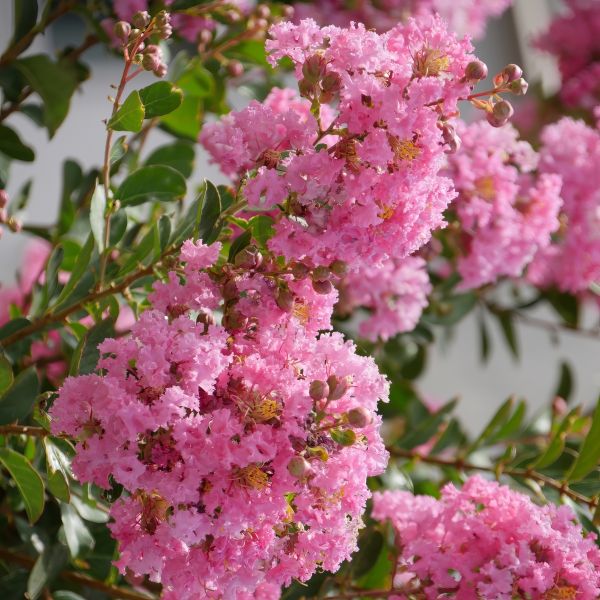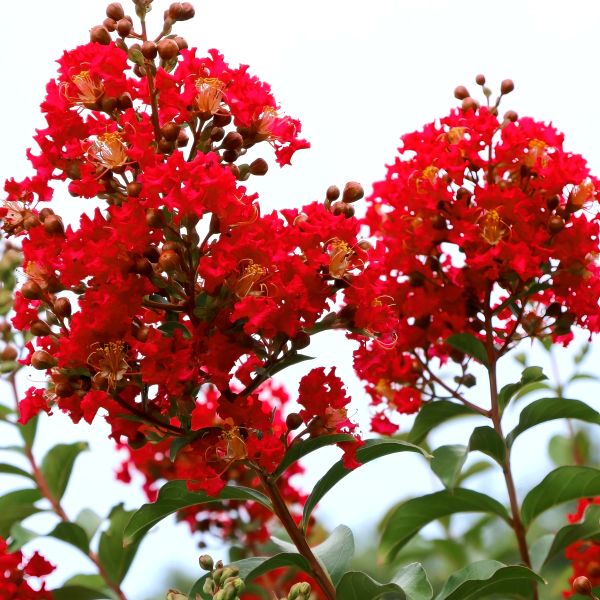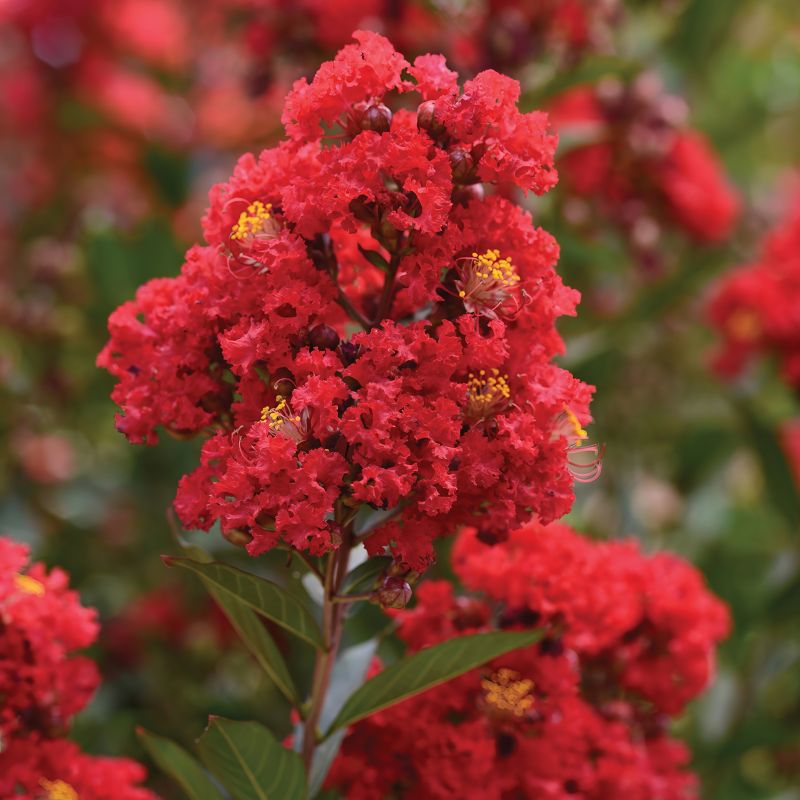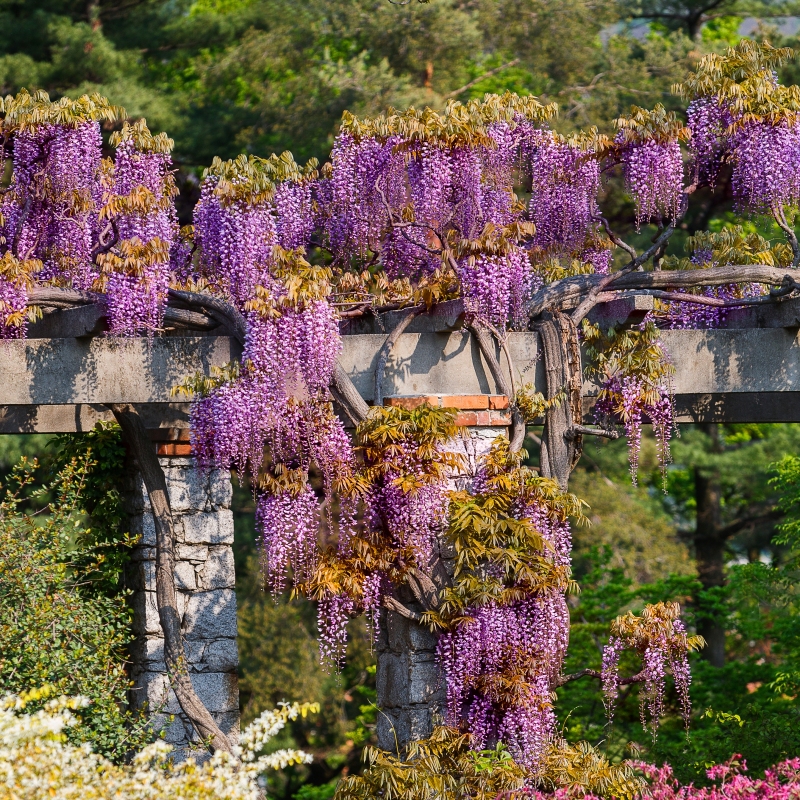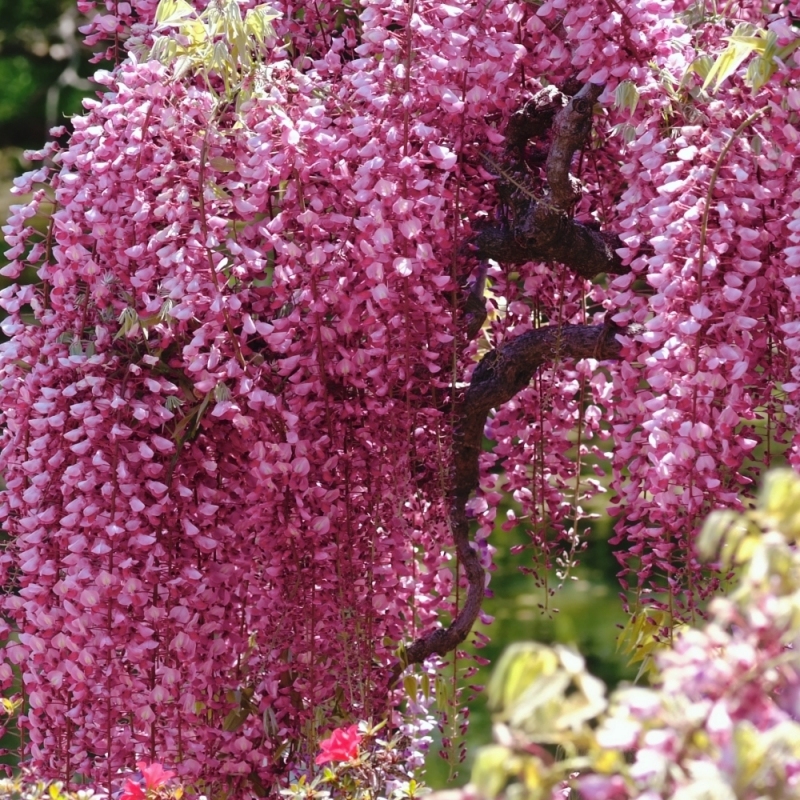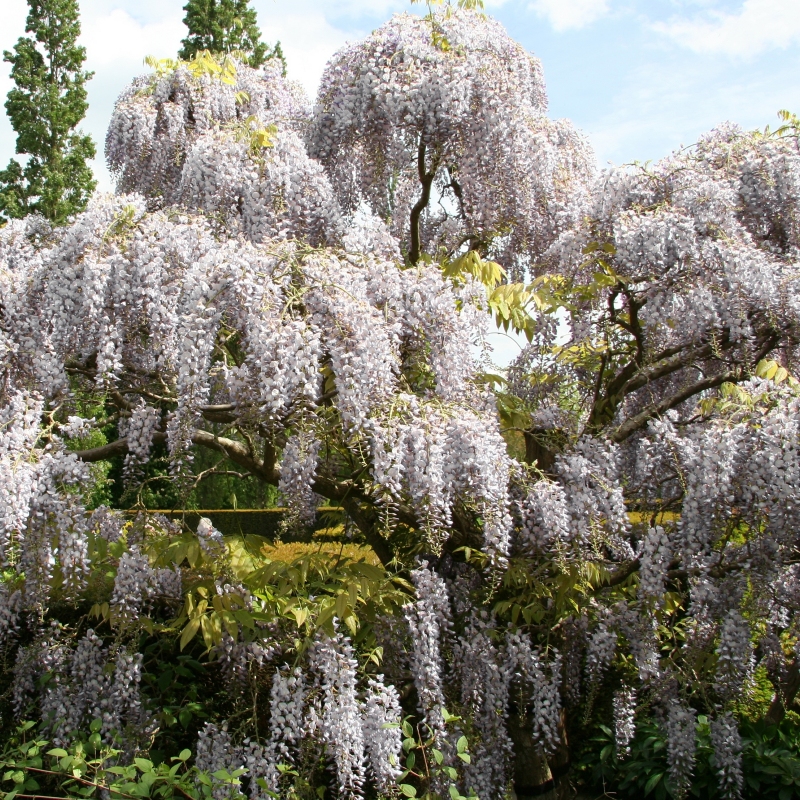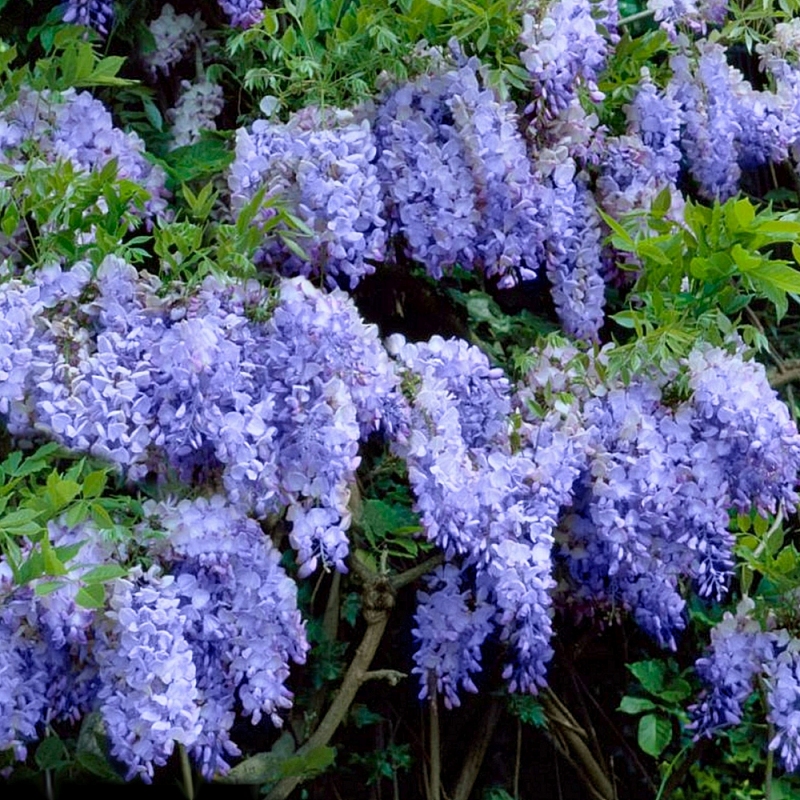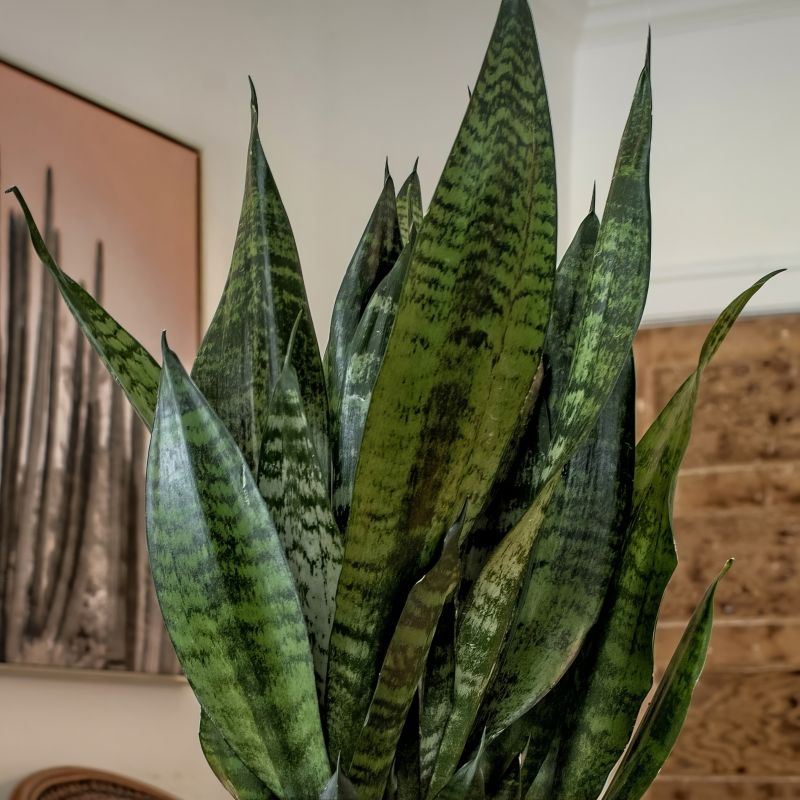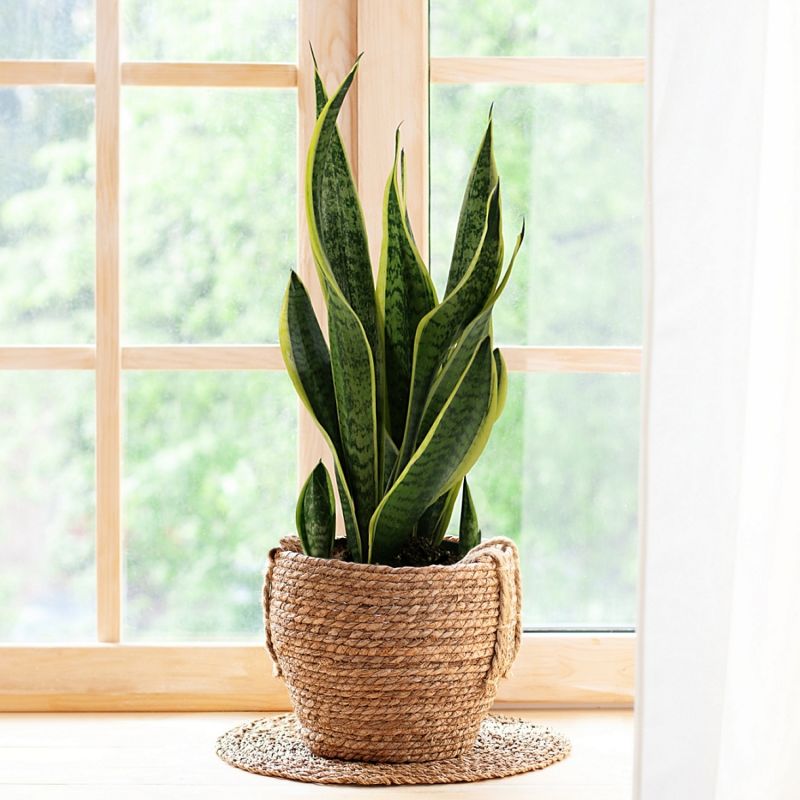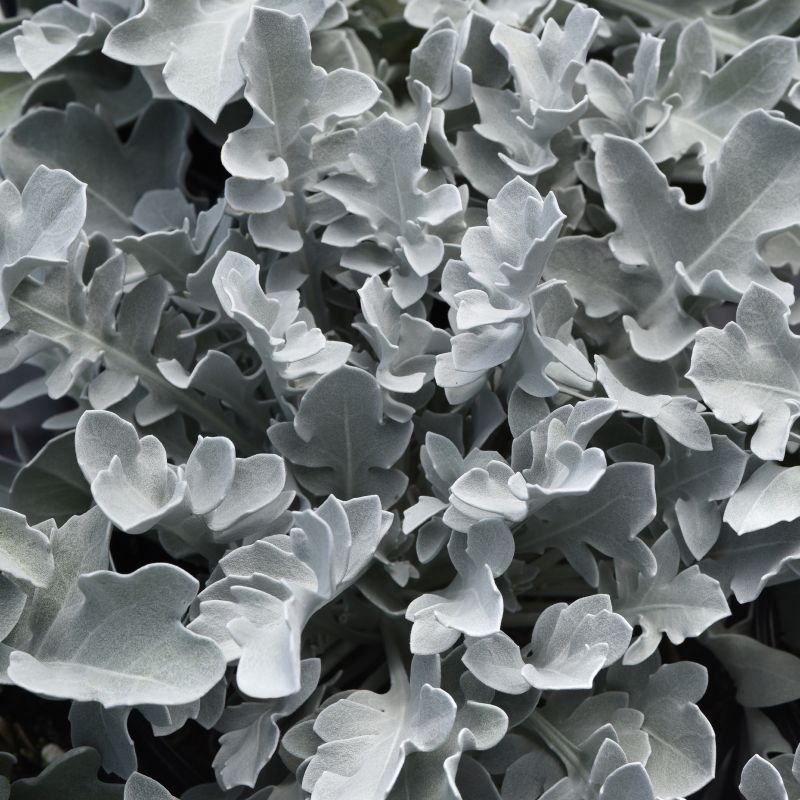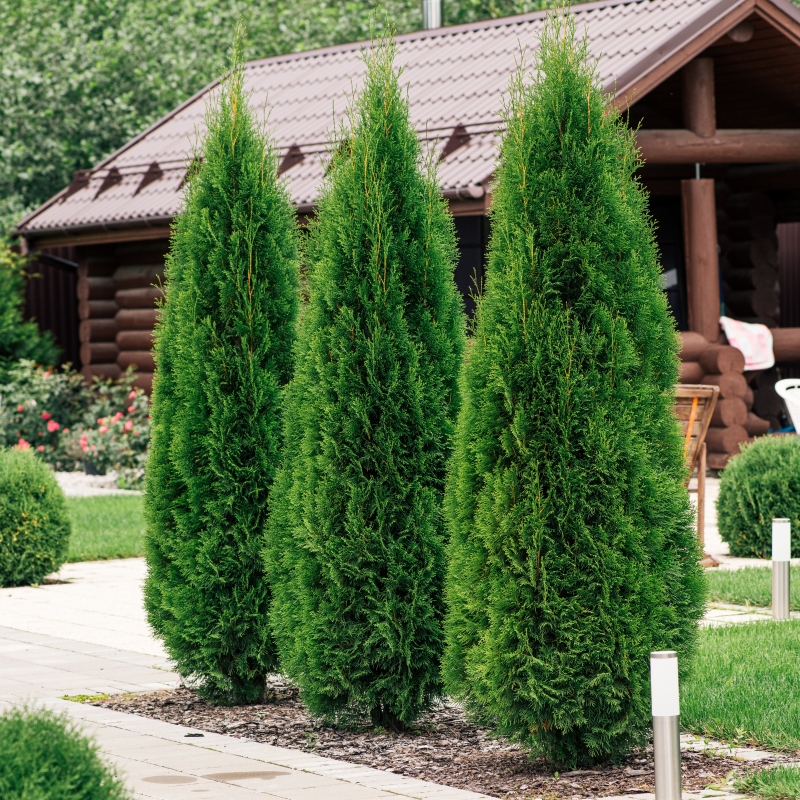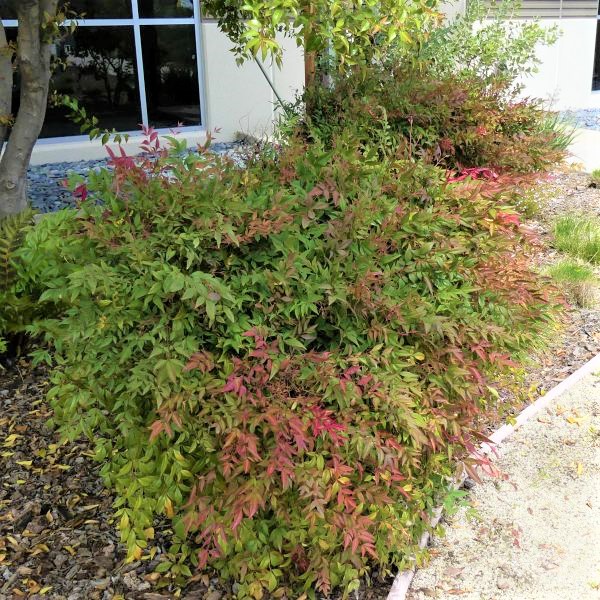

Natchez Crape Myrtle
Lagerstroemia indica x fauriei 'Natchez'
17 reviews


Natchez Crape Myrtle
Lagerstroemia indica x fauriei 'Natchez'
17 reviews
$116.00
$166.00
30% Off
- 3.5 Gallon 4-5 Feet Multi Stem
- 2.5 Gallon Tree Form
We are sorry, product is currently out of stock due to seasonal availability. Please check the "Related plants available in your area" section below
Why Natchez Crape Myrtle?
Natchez Crape Myrtle is a popular ornamental tree due to its stunning summer blooms and vibrant fall foliage. Its bark peels to reveal a smooth, cinnamon-colored surface beneath, adding visual interest to the tree year-round. It grows best in full sun and well-draining soil, and can reach heights of up to 30 feet. The Natchez cultivar is particularly resistant to powdery mildew and can be found in a range of landscapes, from residential gardens to city parks.
Related plants available in your area
Sunlight
Natchez Crape Myrtle requires full sun exposure, which means it needs at least 6 hours of direct sunlight per day to thrive and produce an abundance of beautiful flowers.
Watering
The Natchez Crape Myrtle requires regular watering, especially during its first growing season. The soil should be kept evenly moist but not overly saturated. Once established, it can tolerate periods of drought but will still benefit from occasional deep
Fertilizing
Natchez Crape Myrtle requires a balanced fertilizer with a nutrient ratio of 10-10-10 or 14-14-14. Apply in early spring before new growth appears and again in late spring or early summer.
Introducing the Natchez Crape Myrtle, a stunning addition to any landscaping project! This beautiful tree comes in a #3 container and is a fast-growing, hardy tree that can add a splash of color to any outdoor space.
The Natchez Crape Myrtle is known for its striking white blooms that appear in the summer months. These blooms are incredibly vibrant against the tree's beautiful cinnamon-colored bark. In the fall, the leaves turn a stunning shade of orange-red, adding even more color to your landscape.
The Natchez Crape Myrtle is a hardy and disease-resistant tree that is well-suited for various climates, making it an excellent choice for gardeners across the country. It is also a great choice for attracting pollinators such as bees and butterflies to your yard, making it a great addition to any eco-friendly landscape
This tree is a versatile tree that can be used in a variety of landscaping designs. It is a great choice for lining driveways or walkways, creating natural privacy screens or adding color and beauty to any outdoor space. It is also easy to care for and requires minimal maintenance. It prefers well-drained soil and full sun exposure but can also tolerate partial shade. Regular watering and fertilization will help ensure a healthy, vibrant tree.
The Natchez Crape Myrtle is a great choice for gardeners looking to add natural beauty and color to their landscape. It can grow up to 30 feet tall and 20 feet wide, providing plenty of shade and beauty for years to come.
Order your Natchez Crape Myrtle today and enjoy this stunning tree's natural beauty and vibrant colors in your backyard! With its striking white blooms and beautiful cinnamon-colored bark, this tree is sure to be a showstopper in any landscape design.
Plant Information:
| Botanical Name: | Lagerstroemia indica x fauriei 'Natchez' |
| USDA Zones: | 6-9 |
| Water: | Moderate to Low |
| Exposure: | Full Sun |
| Soil Needs: | Well Drained |
| Mature Height: | 20 - 30 feet |
| Mature Spread: | 20 - 25 feet |





Pollination Info
Pollination Info for Natchez Crape Myrtle (Lagerstroemia indica x fauriei 'Natchez')
The Natchez Crape Myrtle is a deciduous tree that produces showy clusters of white blossoms that attract bees, butterflies, and other pollinators. The tree is self-fertile, which means that it does not need another tree to produce fruit.
Natchez Crape Myrtle flowers are bisexual, which means that they have both male and female reproductive organs. The tree is also capable of self-pollination, meaning that the pollen from the male parts of the flower can fertilize the female parts of the same flower. However, cross-pollination can lead to more gene diversity, resulting in healthier plants overall.
Although the Natchez Crape Myrtle is self-fertile, it still benefits from having other pollinators around. Bees, butterflies, and other insects help to distribute pollen from one flower to another, increasing the chances of successful fertilization and fruit set. Planting other flowering plants in the area can attract more pollinators to the Natchez Crape Myrtle, which can improve the health and vitality of the tree.
Pollination typically occurs in the summer, during the tree's blooming season. After pollination, the Natchez Crape Myrtle produces small, brown capsules that contain the tree's seeds.
FAQ
Natchez Crape Myrtle (Lagerstroemia indica x fauriei 'Natchez') - FAQ
1. What is a Natchez Crape Myrtle?
Natchez Crape Myrtle is a deciduous tree that grows up to 30 feet tall and is known for its beautiful, white, crepe-like flowers that bloom in the summer months.
2. What are the growing requirements for a Natchez Crape Myrtle?
A Natchez Crape Myrtle requires full to partial sun exposure and well-draining soil. It is drought-tolerant once established, but requires regular watering during its initial growth period. It is hardy in USDA zones 7-9.
3. How and when should I prune my Natchez Crape Myrtle?
Prune your Natchez Crape Myrtle in late winter before new growth appears. Remove any dead or diseased branches and trim back any crossing or rubbing branches. It is important not to over-prune your tree as this can reduce or even eliminate its flower production.
4. How often should I fertilize my Natchez Crape Myrtle?
Fertilize your Natchez Crape Myrtle in the early spring before new growth appears and again in mid-summer. Use a balanced fertilizer with equal parts nitrogen, phosphorus, and potassium.
5. When do the flowers of the Natchez Crape Myrtle bloom?
The flowers of the Natchez Crape Myrtle bloom in late June and continue through August.
6. Is the Natchez Crape Myrtle deer-resistant?
While no plant is completely deer-resistant, the Natchez Crape Myrtle is considered to be deer-tolerant.
7. Are there any diseases or pests I should watch out for with my Natchez Crape Myrtle?
Natchez Crape Myrtle is relatively disease-resistant, but it can be susceptible to powdery mildew and aphids. Regularly inspect your tree for any signs of pests or disease and treat accordingly.
8. Can I grow a Natchez Crape Myrtle in a container?
While it is possible to grow a Natchez Crape Myrtle in a container, it is not recommended. These trees require a deep root system and can quickly outgrow a container, leading to stunted growth and poor flower production.
Planting & Care
Planting & Care for Natchez Crape Myrtle
Natchez Crape Myrtle (Lagerstroemia indica x fauriei 'Natchez') is a stunning deciduous tree that produces white blooms from summer through fall. With proper planting and care, the Natchez Crape Myrtle can grow up to 20-30 feet in height and 15-25 feet in width.
Planting
- Choose a sunny site with well-drained soil.
- Dig a hole twice as wide as the root ball and just as deep.
- Loosen the roots and place the tree in the hole.
- Backfill and tamp down the soil.
- Water thoroughly.
Care
- Water deeply once a week during the first growing season.
- Add a layer of mulch around the base of the tree to conserve moisture and suppress weeds.
- Fertilize in early spring with a slow-release fertilizer specifically formulated for trees.
- Prune in late winter to early spring before new growth begins.
By following these planting and care guidelines, you can enjoy the beauty of the Natchez Crape Myrtle for years to come.
Check Out These Verified Customer Reviews:
Customer Reviews
4.7 out of 5 based on 17 reviews
Thank you! Your review has been submitted.
High-quality plant with vibrant colors.
Customer service was very helpful in answering my questions about caring for my new Natchez Crape Myrtle.
The website was user-friendly and I found exactly what I was looking for. Shipping was quick and efficient.
Item has been added to your cart.



